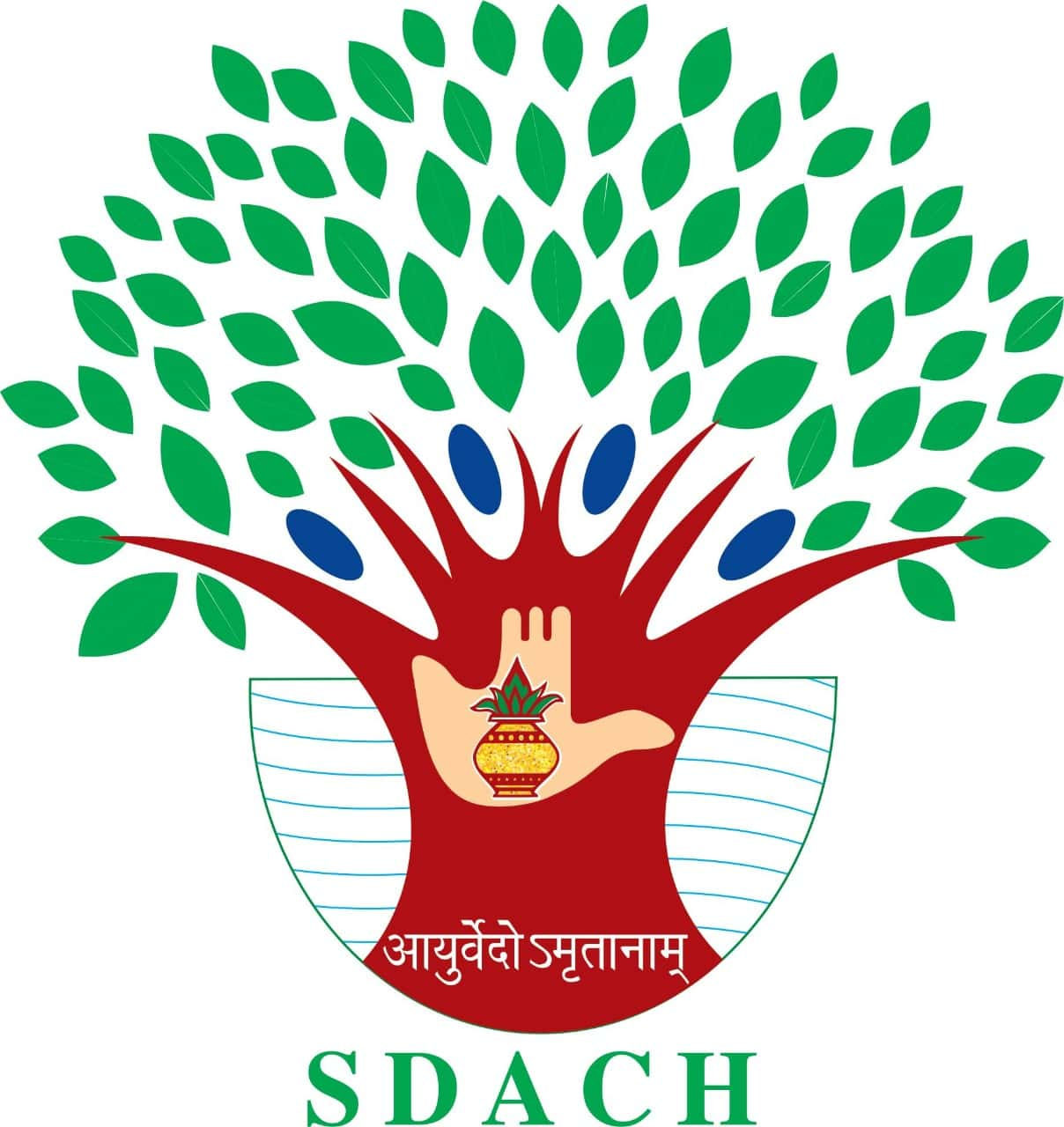Botanical Name : Jasminum officinale
Family : Oleaceae.
Identification No: – SDACH/HG/129
Introduction :
Common jasmine is a shrubby decidious vine that is native to India and China. Its flowers are very fragrant. Common jasmine foliage is decidious. Leaves are opposite and pinnate; leaflets are ovate and pointed. Leaflets 3-7, upper surface slightly pubescent, especially on midrib and margins, lateral leaflets acute or apiculate, sessile or subsessile, the upper pair sometimes with broad connate bases, terminal much larger, ovate or lanceolate, acuminate. Flowers of common jasmine are white, and fragrant. Common jasmine is the national flower of Pakistan.
Names in different Indian languages :
English : Common Jasmine, True jasmine, Poet’s jasmine
Hindi : Chameli
Marathi : Jati-jai
Konkani : Sanjui
Sanskrit : Mallika
Properties:
Rasa (Taste): Madhura (sweet), Tikta (bitter)
Guna (Qualities): Laghu (light), Snigdha (unctuous)
Virya (Potency): Shita (cooling)
Vipaka (Post-digestive effect): Madhura (sweet)
Karma (Actions): Shothahara (anti-inflammatory), Krimighna (antimicrobial), Varnya (enhances complexion), Nidrajanana (sedative)
Habitats :
Shrubberies and forests, usually on humus-rich soils, 1200 – 3000 metres in the Himalayas[51, 145]. Valleys, ravines, thickets, woods, along rivers, meadows; 1800 – 4000 metres in W. China
Morphology :
Habit: Deciduous or semi-evergreen climbing shrub, reaching up to 10 meters in height
Leaves: Pinnate with 5–9 leaflets, dark green
Flowers: White, star-shaped, highly fragrant, borne in clusters
Chemical constituents :
It has alkaloids, coumarins, flavonoids, tannins, terpenoids, glycosides, emodine, leucoanthcyanins, steroids, anthocyanins, phlobatinins, essential oil and saponins.
Uses : Traditionally jasmine has been used in the treatment of snakebites and as an antiseptic, as well as for the treatment of fevers, respiratory diseases, ringworm, intestinal problems and headaches. Jasmine oil is also used in aromatherapy.
IUCN Status – Not Evaluated
Research Updates
Sedative and Anxiolytic Effects (2021): Ethanolic flower extract showed significant sedative and anxiolytic effects in rodent models.
Antimicrobial Activity (2020): Leaf and flower extracts demonstrated activity against Staphylococcus aureus and E. coli.
Anti-inflammatory and Analgesic (2022): Extracts reduced carrageenan-induced paw edema and pain in experimental rats.
Skin Benefits (2023): Topical formulations using jasmine oil improved skin tone and hydration in human volunteers.
Antioxidant and Cytoprotective (2024): Methanolic flower extract protected cells from oxidative damage via scavenging free radicals







